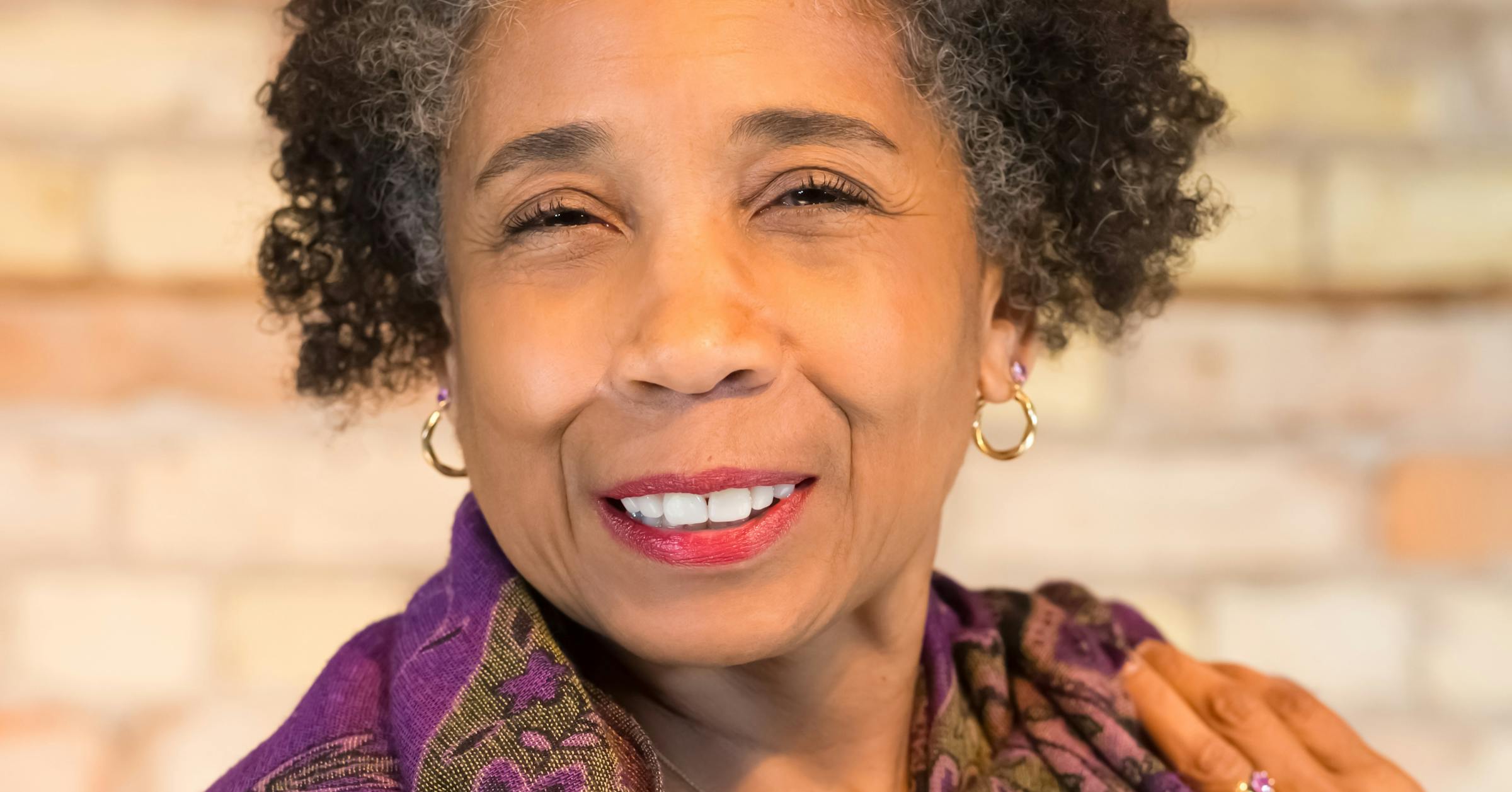
There’s been lots of talk in the last six decades about the flattening of St. Paul’s Rondo neighborhood. But, says Minneapolis-based writer Debra J. Stone, “Nobody has told the perspective of what a child saw.”
That’s the perspective she offers in “The House on Rondo,” a work of fiction that owes many details to the author’s life. Its heroine, Zenobia, is 13, around the same age Stone was when Interstate 94 was being built over demolished parts of the Rondo neighborhood in the ‘60s. Zenobia’s mother, like Stone’s, is from St. Paul — which Zenobia often visits although she, like Stone, is from northeast Minneapolis.
Much has been written about the historically Black neighborhood of Rondo, including by Stone, but she gradually realized there was a missing piece because “in Black culture, adults don’t explain things to kids. They’re trying to keep you safe, not destroy your world. You’re not supposed to be in adult business. So kids are like, ‘All this secretive stuff is going on. But what is happening to the neighborhood?’”
The title “The House on Rondo” may remind some of “The House on Mango Street,” which is deliberate. Stone thinks of her book as akin to that bestseller about a Mexican American community in Chicago. Like “Mango,” “Rondo” includes many voices, including Zenobia’s grandparents — whose house is scheduled to be destroyed — and friends and neighbors. Some sections of “Rondo” are narrated by Zenobia’s grandparents’ house, lamenting the loss of traditions and community.
Some of the material in the book comes from memories and family stories: including that gas streetlamps still needed to be lit when Stone was growing up. And that her grandparents received $3,000 from the Minnesota Department of Transportation for their home at 841 Rondo Av., but an attorney helped them get an additional $2,000 so they could purchase another house (it still stands on the edge of the Rondo neighborhood, on Iglehart Avenue).
“The highway goes right through [what was] my grandparents’ front yard,” said Stone, whose book is being marketed to middle-grade readers but she thinks can be appreciated by all ages. “A lot of the displaced people stayed within the vicinity of Rondo, as long as they could get a house, which is the other issue. The covenants and the banks that wouldn’t give Black people mortgages — that was a difficult piece. But my grandparents got very lucky and purchased a home on Iglehart with the same number, 841.”
The author did research at the Minnesota Historical Society, Ramsey County Historical Society and elsewhere. She received reams of paperwork and photos from MnDOT, which she says made “all the memories come flooding back to me.” And Stone, a former actor who still laments that she never quite made it to Broadway, called on her theatrical background to bring Zenobia, her family and friends to life.
“You imagine yourself into different scenarios, just like you would as an actor. How would they behave? What are they thinking? How do they talk? How do they walk? Those were all important things for me to know as an actor and I translated that to writing,” said Stone.
That paid off in vivid “Rondo” moments such as one where Zenobia’s mother reacts to her neighborhood officially being labeled a slum by pointing around her at the carved woodwork, gleaming floors and other cherished elements of the house and insisting, “This is not a slum.”
“I think there are spirits inhabiting our world who drive us to do certain things, especially if there is injustice. People can call me crazy but I think there are some spirits around Rondo who recognize the injustice and want amends to be made,” said Stone.
When she wants a reminder of what Rondo’s stately homes looked like, Stone wanders around her own Minneapolis neighborhood, which still has houses identical to the ones in Rondo. And, although it has been altered, Rondo lives on.
“I still just love this neighborhood,” said Stone, sipping a coffee in Golden Thyme Cafe, which recently opened in Rondo. “One thing I wanted more of in the book is how these characters take care of each other, how this community cares for its own.”



